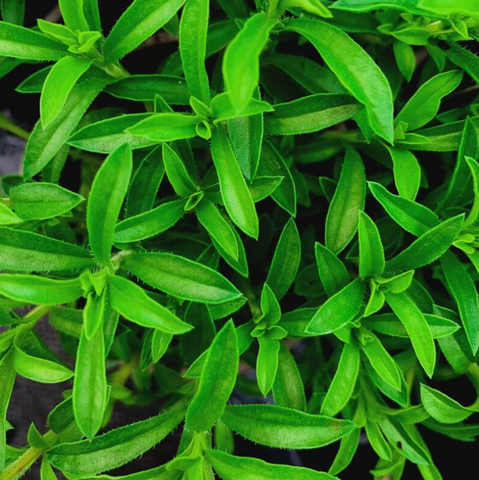How to grow winter savory
Winter savory (Sajureja montana) is a wonderful perennial herb which is lesser known than some of the more traditional kitchen garden varieties such as rosemary and thyme. That said, it is an absolute must-have with its tasty narrow leaves which pack a punch with both flavour and spice that pair well with stews, bean and lentil dishes. In the summer they enjoy a flourish of vibrance as they burst into flower and provide a feast for the bees and butterflies too, making this variety an all-round winner.

Where is best to plant winter savory in the garden?
The versatile herb of winter savoury can be grown either in pots which are at least 30cm wide with a bit of extra grit, or into beds with poor, free-draining compost. They prefer a slightly alkaline soil but are otherwise not fussy. Like most Mediterranean herbs, this variety enjoys basking in the sunlight, so opt for a sunny corner that gets at least 6 hours of light per day, but ideally somewhere sheltered away from any harsh winds.
How to grow winter savoury
As with many herbs, winter savory can be grown from seed in the spring and typically takes two to three weeks to germinate. However, our personal favourite is to take soft tip cuttings in the early summer to increase our plant stock as it's relatively easy to do but also makes the most of your existing plants. Or, if you're looking for a perfectly sized herb plant to go straight into your garden, our 9cm winter savory plants are just what you need.
How to prune your winter savory
Winter savory can easily become leggy over time if not properly cared for. In the spring, it's worth giving your plants a hard cutback to ensure pretty, compact, bushy formations throughout the year. It's also good to regularly harvest your herbs, or pinch out the tips, cutting back around a third at the time to continually encourage new growth and keep the plant young. Many opt to replace and re-sow their winter savory plants every two to three years to keep them looking their best.
How to care for your winter savory in the winter
If you've planted your winter savory herbs into pots, we'd recommend moving them to a frost free area over the colder months to help reduce leaf fall. Reduce the amount if water you give these plants, particularly if they're still at risk of frost. For plants in the ground, we'd advise adding a thick layer of mulch such as compost or well-rotted manure to add a layer of insulation, as well as keep the weeds away. If the area your herbs are planted gets particularly water-logged over the winter, you may also want to consider digging them up for the season just to ensure they don't rot away in the ground.
Get to know this mighty herb a little better in our introduction video:




